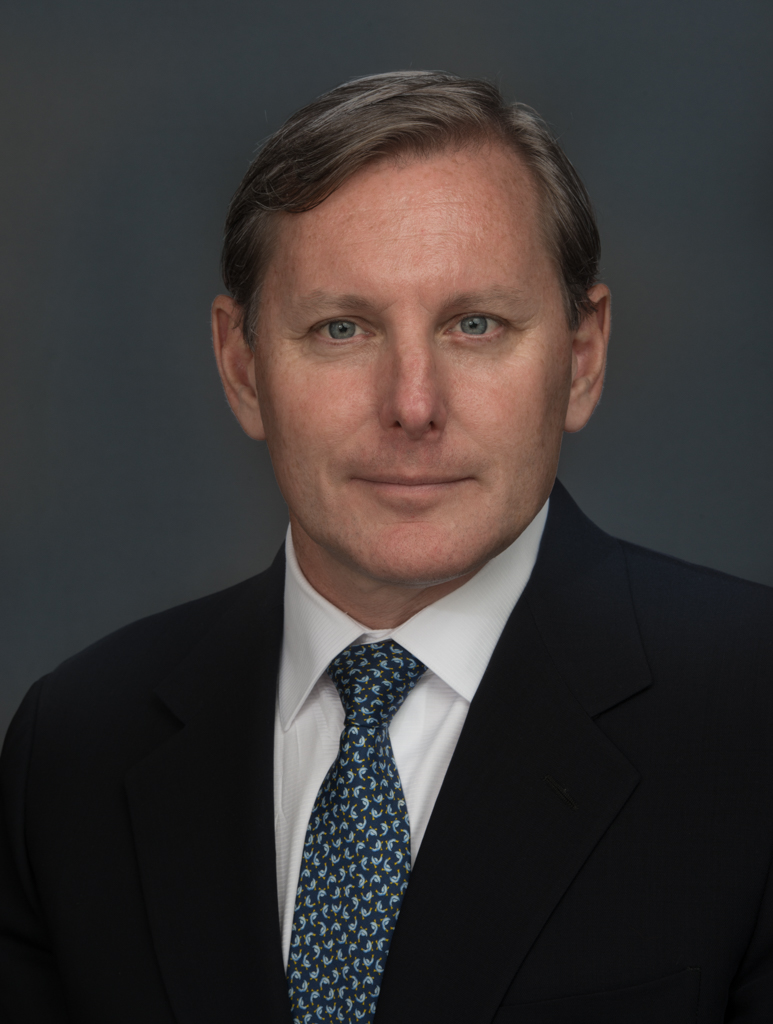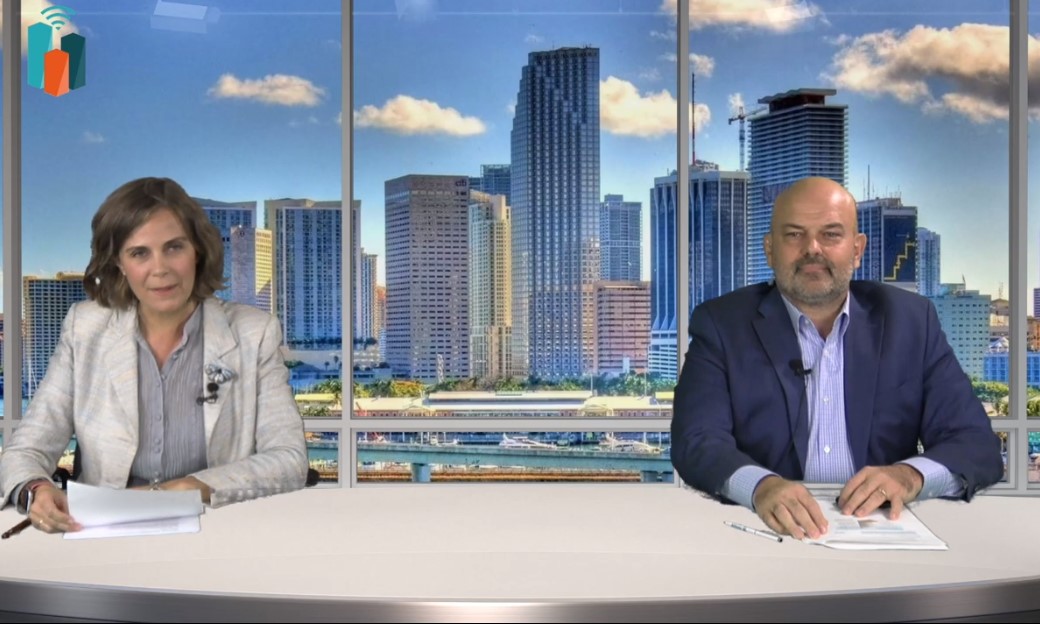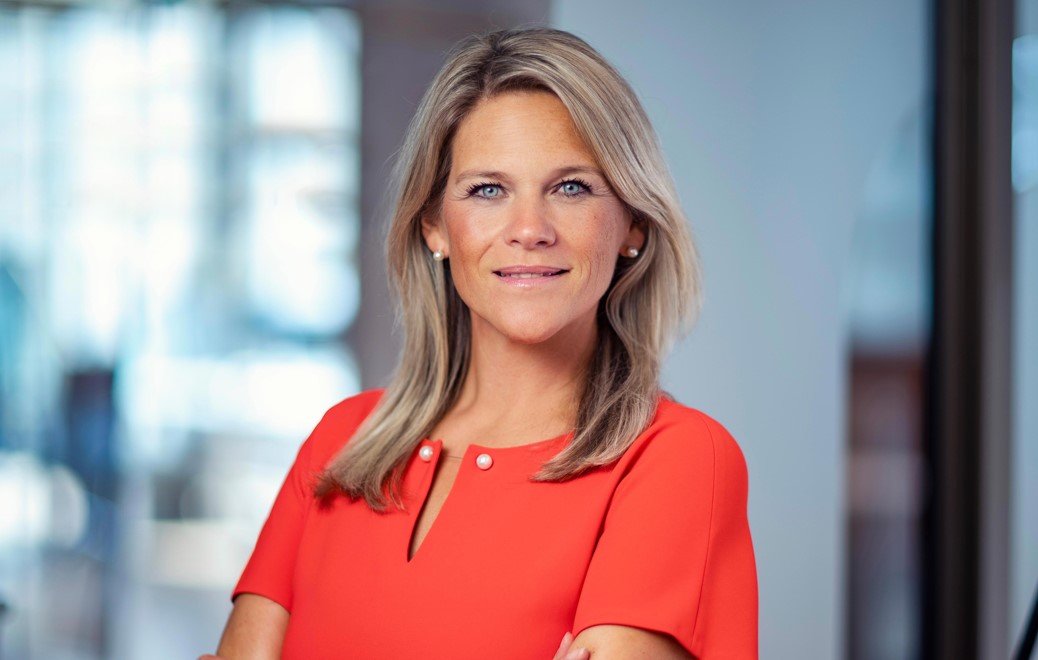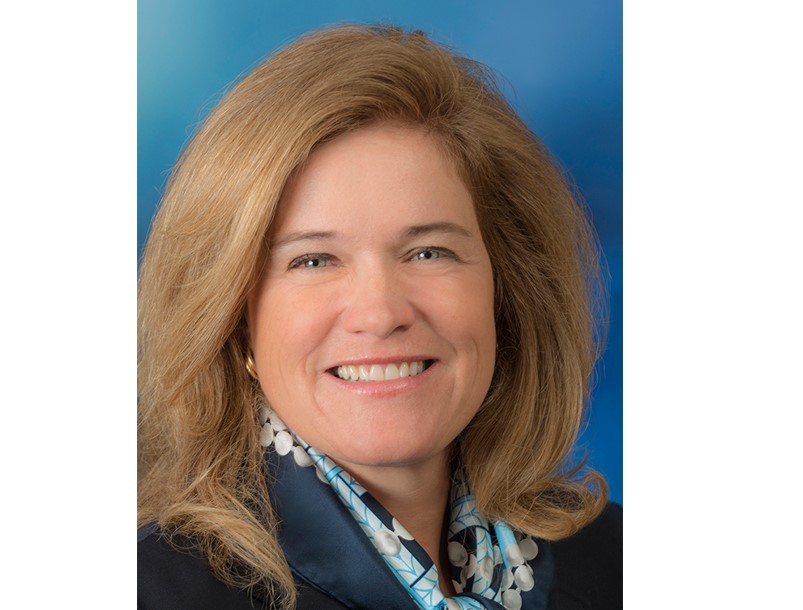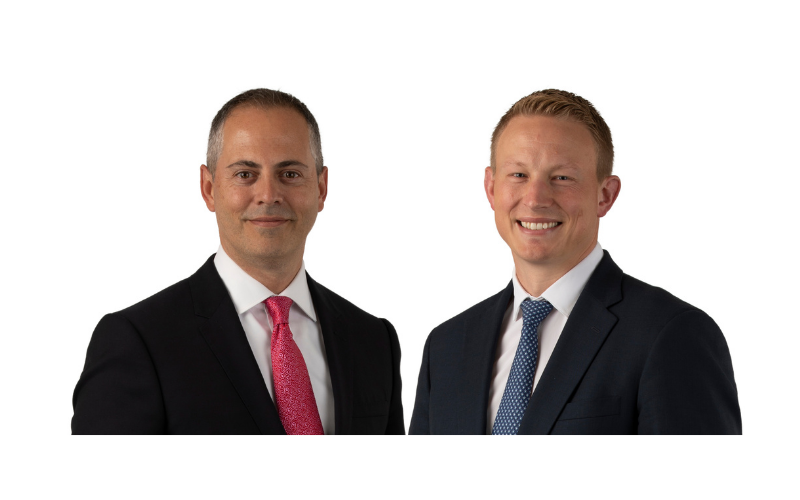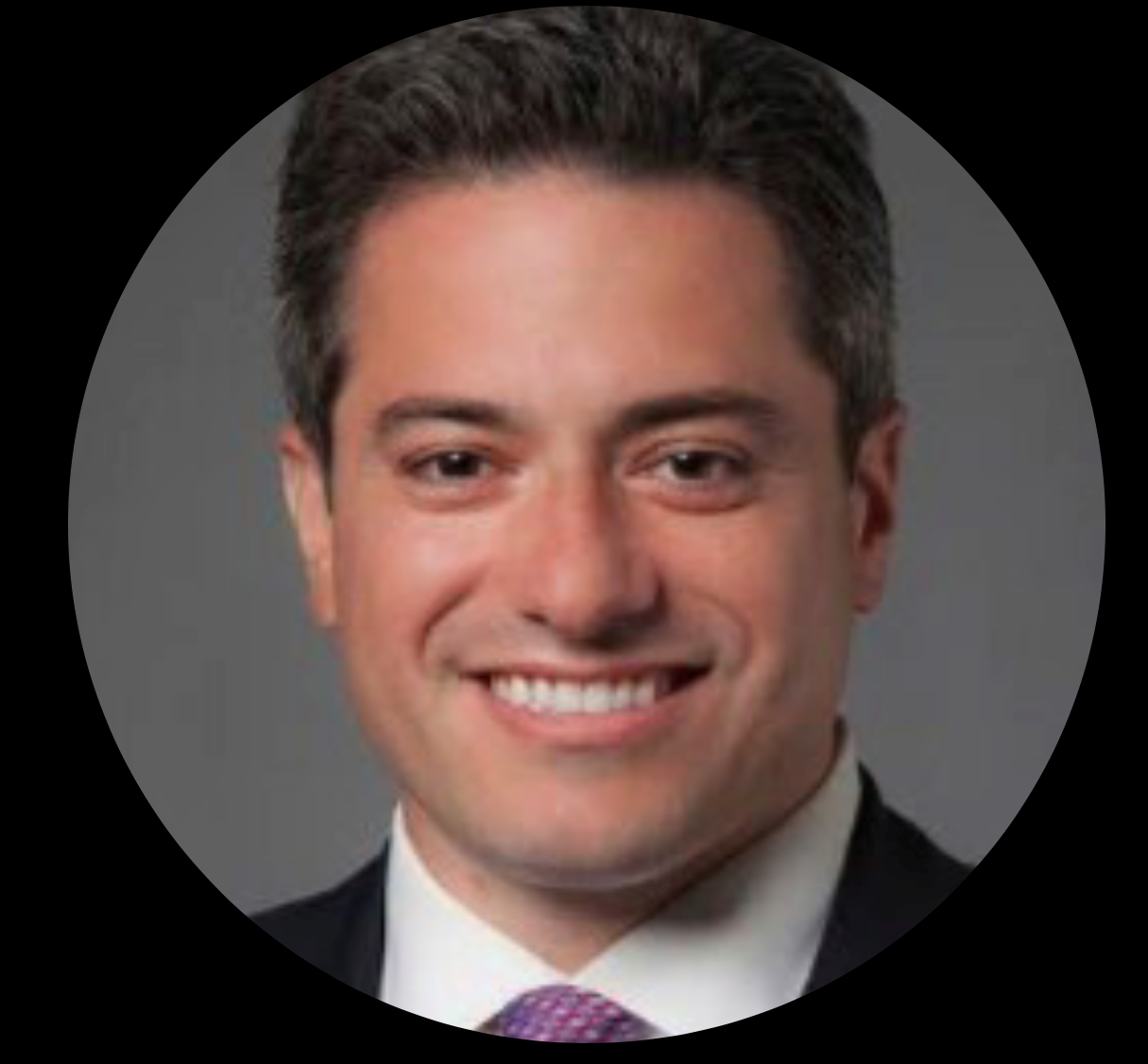
Expectations for tighter monetary policy are intensifying.
Central banks continue to lay the groundwork for a withdrawal of pandemic-era monetary stimulus in the face of rising inflation.
But higher interest rates are not the only concern for equity markets. Events in China are also worrying. Its strong recovery from the pandemic is now at risk as Beijing battles to avoid the collapse of its most indebted property company Evergrande.
We have reduced our forecasts for China’s economic growth by 1 percentage point for 2021-22 to 8.6 per cent as we expect the fallout from Evergrande debacle to spread throughout real estate sector. The country’s leading indicator is falling at a 5 per cent annualised rate, the same pace seen at the height of the Covid crisis in March 2020.
That shouldn’t come as a surprise considering real estate and related industries account for up to 30 per cent of Chinese GDP and property makes up more than two thirds of household wealth. Tighter monetary policy has led us to downgrade bonds to underweight while China’s troubles have convinced us to increase exposure to defensive equity sectors and upgrade cash to overweight.

Business cycle analysis shows world economic activity is cooling. Our global leading indicators contracted in August for the first time since the start of the post-pandemic recovery. We cut our global GDP growth estimates for the third month in a row to 6.2 per cent for 2021 from 6.4 per cent last month, led by downgrades of the US and China.
While slowing, growth in the US is still significantly above potential and we expect the world’s biggest economy to remain firm as job gains and wage increases boost consumer spending in the coming quarters.
Labour and raw material shortages and a spike in oil and gas prices are keeping inflationary pressures high, although the pace of consumer price rises has slowed in the most recent month.
Europe remains a bright spot as the region’s leading index rose for the fourth month in a row, supported by a weaker euro, the European Central Bank’s generous monetary stimulus and a successful vaccine rollout.
Our liquidity analysis shows central banks are still providing ample stimulus for now, but at a slower rate.
The world’s five major central banks are pumping in just USD500 billion of liquidity on a three-month basis, the lowest in 18 months and compared with USD1.5 trillion during the peak of the pandemic.
That said, our calculations show the US Federal Reserve’s monetary tightening trajectory remains well behind the curve. The central bank’s “shadow rate”, adjusted for the effect of asset purchases, is about 500 basis points below its equilibrium levels.
That is despite Fed officials having taken a clear hawkish turn in their communications, suggesting a faster withdrawal of the central bank’s USD120 billion monthly bond buying and a more aggressive interest rate hike campaign that could start as early as end-2022.
Liquidity conditions in the euro zone remain the loosest in the world and the European Central Bank should continue to provide stimulus in excess of GDP next year – the only monetary authority to do so among major economies.
China’s central bank has stepped up net cash injections in response to a funding squeeze among real estate developers. We expect liquidity conditions to gradually loosen across the country in the coming months; the People’s Bank of China may cut its reserve requirement ratio for banks for the second time this year when its medium-term loans mature.

Our valuation model supports our downgrade of bonds and neutral equity stance.
Despite a recent rise in yields, bonds remain below fair value and we expect a further correction in prices.
Equities have suffered their first weekly outflow of this year, of more than USD 24 billion (see Fig. 2).
Rising bond yields are likely to weigh on equity earnings multiples given the asset class’ expensive valuation. Another red flag is corporate profits.
Earnings momentum has peaked, with 12-month forward earning per share now rising at 20 per cent for MSCI All-Country World Index, compared with 60 per cent in June.
Our models suggest earnings growth will continue to decelerate significantly in the coming quarters as the pace of economic expansion slows.
Our technical indicators paint a positive picture for riskier assets, supported by seasonal factors as well as moderate investor sentiment.
Opinion written by Luca Paolini, Pictet Asset Management’s Chief Strategist.
Discover Pictet Asset Management’s macro and asset allocation views.
Information, opinions and estimates contained in this document reflect a judgment at the original date of publication and are subject to risks and uncertainties that could cause actual results to differ materially from those presented herein.
Important notes
This material is for distribution to professional investors only. However it is not intended for distribution to any person or entity who is a citizen or resident of any locality, state, country or other jurisdiction where such distribution, publication, or use would be contrary to law or regulation.
The information and data presented in this document are not to be considered as an offer or sollicitation to buy, sell or subscribe to any securities or financial instruments or services.
Information used in the preparation of this document is based upon sources believed to be reliable, but no representation or warranty is given as to the accuracy or completeness of those sources. Any opinion, estimate or forecast may be changed at any time without prior warning. Investors should read the prospectus or offering memorandum before investing in any Pictet managed funds. Tax treatment depends on the individual circumstances of each investor and may be subject to change in the future. Past performance is not a guide to future performance. The value of investments and the income from them can fall as well as rise and is not guaranteed. You may not get back the amount originally invested.
This document has been issued in Switzerland by Pictet Asset Management SA and in the rest of the world by Pictet Asset Management (Europe) SA, and may not be reproduced or distributed, either in part or in full, without their prior authorisation.
For US investors, Shares sold in the United States or to US Persons will only be sold in private placements to accredited investors pursuant to exemptions from SEC registration under the Section 4(2) and Regulation D private placement exemptions under the 1933 Act and qualified clients as defined under the 1940 Act. The Shares of the Pictet funds have not been registered under the 1933 Act and may not, except in transactions which do not violate United States securities laws, be directly or indirectly offered or sold in the United States or to any US Person. The Management Fund Companies of the Pictet Group will not be registered under the 1940 Act.
Pictet Asset Management (USA) Corp (“Pictet AM USA Corp”) is responsible for effecting solicitation in the United States to promote the portfolio management services of Pictet Asset Management Limited (“Pictet AM Ltd”), Pictet Asset Management (Singapore) Pte Ltd (“PAM S”) and Pictet Asset Management SA (“Pictet AM SA”). Pictet AM (USA) Corp is registered as an SEC Investment Adviser and its activities are conducted in full compliance with SEC rules applicable to the marketing of affiliate entities as prescribed in the Adviser Act of 1940 ref.17CFR275.206(4)-3.
Pictet Asset Management Inc. (Pictet AM Inc) is responsible for effecting solicitation in Canada to promote the portfolio management services of Pictet Asset Management Limited (Pictet AM Ltd) and Pictet Asset Management SA (Pictet AM SA).
In Canada Pictet AM Inc is registered as Portfolio Manager authorized to conduct marketing activities on behalf of Pictet AM Ltd and Pictet AM SA.
